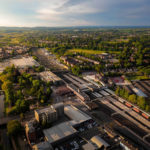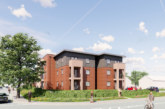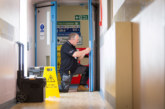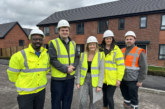Peter Hawthorne, CEO of regeneration specialist LCR, explores the importance of placemaking-led regeneration and how local authorities can utilise collaborative partnerships to catalyse the most effective regeneration and new-home projects.
Delivering new housing and regeneration in communities across the country is a perennial challenge for local authorities. For decades, they’ve faced the same barriers to new-builds: squeezed finances, stretched resources, and a perceived lack of available, unrestricted land.
Amid a struggling economy, population increases and house price inflation, there’s growing pressure on local authorities to find solutions to the barriers that they face to increase housing. This is no mean feat, particularly when we consider that they’re also being tasked to drive regeneration in order to bolster long-term economic growth.
Combining these twin strategic goals — while maximising resources and value for money — will require a collaborative approach, with partners from multiple
disciplines pooling their expertise to form a single, holistic plan.
Collaborative approach
Regeneration and the creation of new homes requires myriad skills, resources and experience, whether it’s owning the land proposed for development, or having the tools to realise a project. As such, the most successful stories of placemaking and regeneration have partnerships at their heart. A leading example of collaboration in action is the Greater Manchester Station Alliance — a partnership between Transport for Greater Manchester, Network Rail, Train Operating Companies and LCR.
The Alliance sees the parties combine their underutilised land holdings with industry expertise and local knowledge, assembling sites in partnership with local authorities across Greater Manchester and bringing forward plans for regeneration.
Since the Alliance was established in 2018, it has been working with local authorities across the region to identify sites for development. One example is in Rochdale where, together with Rochdale Borough Council, the Alliance has delivered spatial masterplans for regeneration at four of the five stations along its rail corridor, with the combined potential to enable the delivery of thousands of homes, new and improved public realm, and commercial space.
Land pooling agreements are also a useful tool for developing challenging sites. Often, a large plot of unused land will be split into multiple, smaller sites with different owners, rendering them too small to be developed in its isolation. As its name suggests, a land pooling agreement helps bring these sites together. But crucially, it unites the owners and developers of the land under one ambition.
Our work with Worthing Borough Council is an excellent example of a land pooling agreement delivering where traditional models of development haven’t. After years of failed attempts to bring forward development at Union Place, in the centre of Worthing, the Council acquired the land from private developers and enlisted LCR’s support to acquire further land and piece together plans for cohesive regeneration. As a result, plans are now in place to deliver nearly 170 homes, new commercial space and a cinema.
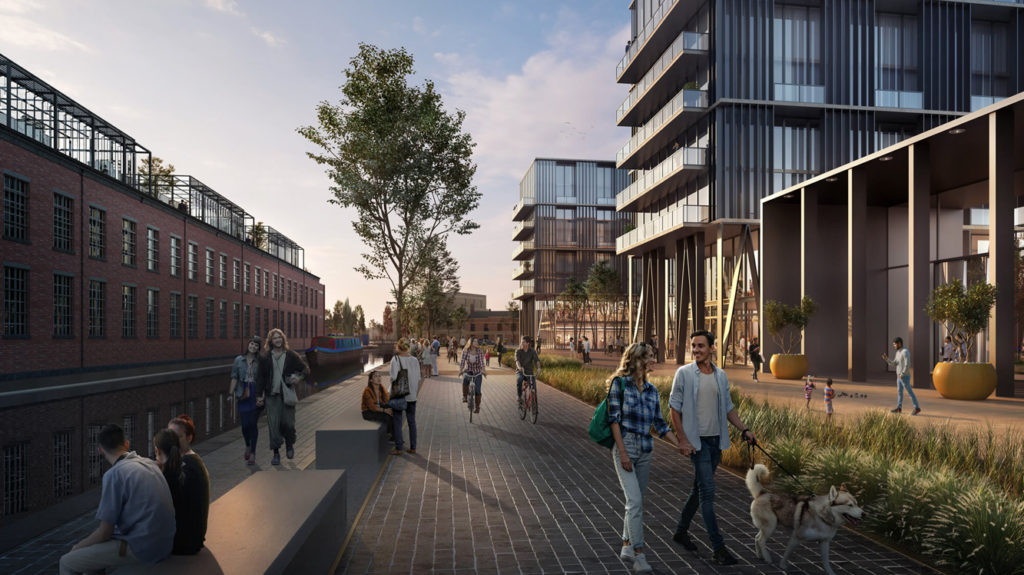
Regeneration hubs
A crucial contributor to the success of regeneration schemes is being able to take an outsider’s view of the land available and suggest solutions to bring forward land otherwise thought too difficult to develop on. The land surrounding train stations are the perfect example of places that are tricky to build on, yet offer land meet the twin aims of housing and regeneration.
The Government has made delivering new homes on brownfield sites a priority and the chancellor’s committed £1.8bn in funding to support this ambition. Brownfield land around stations is ripe for redevelopment, but piecemeal ownership structures of these areas have always hindered their progress. However, at LCR, we use our unique position as part of the Department for Transport to help unlock this land, engage developers and bring forward land in partnership with local authorities.
According to a review of land around railway stations we conducted with Network Rail, there’s the potential of tens of thousands of homes to be delivered, making a significant contribution to reducing the country’s housing need. But it’s not just housing. As transport hubs, stations are often situated at the heart of our towns and city centres, which is why they’ll have a key role to play when it comes to placemaking and catalysing regeneration in our communities.
In its simplest form, placemaking is all about tying the various locations and activities in an area together, and it’s not just about what is being built and where. Active travel is a core tenet of placemaking because it has multiple benefits: it is sustainable as it reduces the number of vehicles on the road, the public gain health advantages from walking and cycling rather than driving, and it’s cheaper.
Stations can act as active travel hubs, with plenty of space for cycle storage and connections to public transport for those longer distance journeys. When we begin to think about the brownfield land around stations as being much more than land that’s tricky to develop on, we open up a world of possibility that will deliver the maximum public value from regeneration.
Thinking about a community’s assets collectively is the first step of regeneration. The second is to think as a collective to ensure each party is pulling in the same direction.
Header image shows: In 2020 LCR was appointed to help deliver the masterplan for Stafford Station Gateway, a multimillion-pound regeneration project that will transform 28 hectares of land adjacent to the town’s railway station into a new commercial, residential and leisure development.

